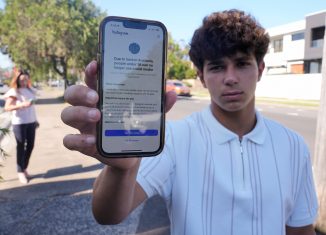AIG deal with the FED
The AIG deal to reduce its debt to the Fed is a clear example of how the Federal Reserve (which is neither federal nor possessive of a reserve of anything but its own unknown fantastic resources) can create wealth out of thin air, and enrich itself by “lending” money. The big picture here is that after numerous financial transactions involving AIG, JP Morgan Chase, the Treasury Department, and the NY Federal Reserve Bank during the fall of 2008, AIG ended up with $85 billion which it used to make emergency payments to its largest creditors, the largest of which was $13 billion to (are you ready?) Goldman Sachs. Now AIG has announced that it will pay back about $25 billion to the Fed. But the Fed never loaned real money to AIG, it loaned “fiat” money. And the Fed will not be paid back in “fiat” money, but will be paid back in real money.
Here is how the Fed pulled off this deal. I will use round numbers for the sake of simplicity. JP Morgan Chase has an account at the Fed into which it has deposited, let’s say, for example, $500,000,000. The Fed asks Chase to be its intermediary to AIG. In other words, the Fed will “give” $50 billion to Chase and Chase will loan $50 billion to AIG, and AIG will owe the Fed $50 billion, plus interest. Chase will earn a seven figure fee for this service. So, how does the Fed get $50 billion into Chase’s hands? Does it send $50 billion in gold bricks to Chase? No. Does it send a wheelbarrow full of $50 billion in cash to Chase? No. Does it write a $50 billion check to Chase from its own money? No. The Fed “gives” $50 billion to Chase by adding three zeroes to Chase’s account at the Fed. Thus $500,000,000 at the stroke of three computer keys becomes $50 billion. This is called “fiat” money (“fiat” is Latin for “let it be..” as in “let it come into existence”) because it was just created out of thin air on the Fed’s balance sheet. The Fed is the only bank in the U.S. which may lawfully do this. Chase then serves as the Fed’s agent, and sends a Chase check to AIG for $50 billion, and AIG promises to repay the $50 billion, not to Chase, but to the Fed. Note, that the Fed has not parted with so much as a dime of its wealth, but AIG now has $50 billion in real cash with which to pay its creditors.
Now the Fed comes calling on AIG and wants some of its “loan” repaid. So, how does AIG repay the loan? It gives the Fed $25 billion in shares of stock in a corporation that AIG owns, and permits the Fed to sell those shares. When the Fed does sell those shares, it will reduce AIG’s debt to the Fed by the amount the Fed receives for the shares and it will increase the Fed’s wealth by that amount. Thus, in this example, the Fed did not part with a dime but it will be $25 billion richer when this partial payback by AIG is completed. So the Fed loaned fiat money, but was paid back in real money. The consequences of this is a serious reduction on the value of the dollar for all of us. Since the Fed began creating fiat money in 1913, the value of the dollar has been reduced by 92%. Will this madness never end?





